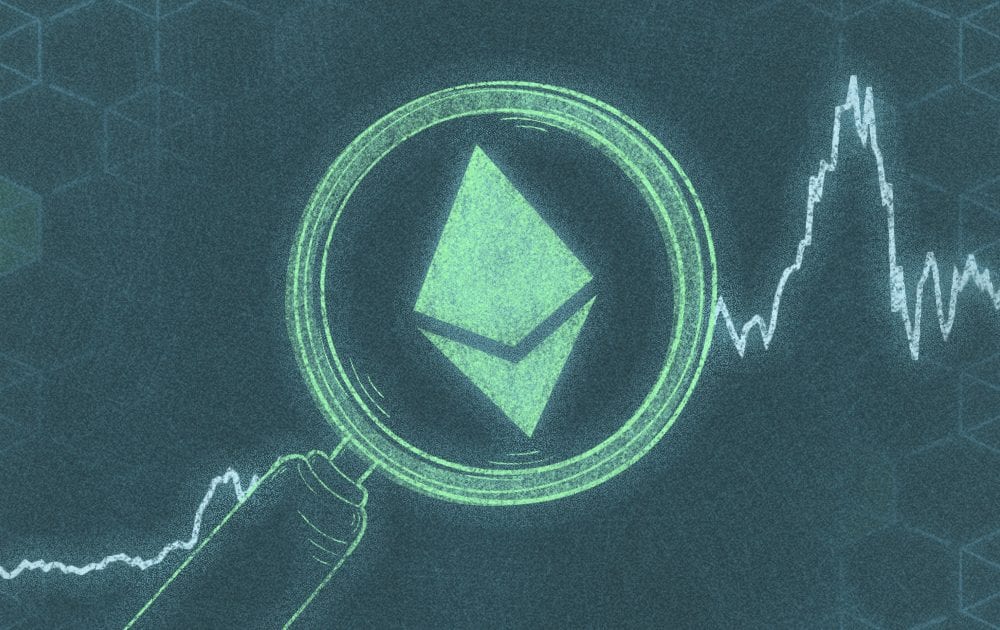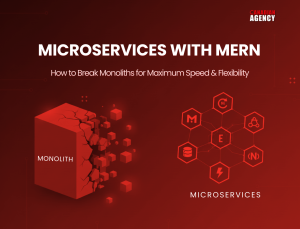Making an app in 20 minutes may seem like a stretch, but things start to feel a bit unbelievable when a non-tech-savvy person hears that they can concoct a dApp in 30 minutes!
How can you factor in the credentials to make a dApp in a short amount of time? You need to know about Ethereum and blockchain nitty-gritty as a developer. Is there no no-code platform for Web3 dApps, isn’t there?
As a part of the software and app development community, we feel it is our responsibility to clear the air and end some myths about dApps creation and the necessary elements to get the job done. So, here goes:
dApp Development Important Terms
Okay, before you set out to make the world’s best dApp, ask yourself, when was the last time you used a dApp? The answer is probably going to be never. However, the growing cryptocurrency mania is proof enough that although there are periodic dips, this new way of monetization is here to stay.
Here are some important terms to remember when you want to code a dApp like a pro:
Blockchain
Honestly, if you have no clue about blockchain, you need to learn about it quickly. It is THE most basic entity on which we build the whole Web3 infrastructure. Decentralized Applications (dApps) do not rely on a centralized backend running in AWS or Azure that power traditional web and mobile applications.
Instead, the application interacts directly with a blockchain which can be a distributed cluster of nodes. The blockchain is a network and a database all in one. A blockchain is a peer-to-peer network of computers, called nodes, that share all the data and the code in the network. So, if you’re a device connected to the blockchain, you are a node in the network and talk to all the other computer nodes. You now have a copy of all the blockchain’s data and the code. There are no more central servers — just a bunch of computers that talk to one another on the same network.
Ethereum
Ethereum functions like a global software platform that is unique from others because it is decentralized. It also works as the default cryptocurrency, often referred to as ether or ETH. Ethereum is also the pioneering crypto project which introduced the smart contract feature.
The Ethereum virtual machine is Turing complete and can run arbitrary computations directly on the blockchain network. Whereas Bitcoin has a limited set of commands, an Ethereum contract allows an application developer to specify precisely what transactions need to be performed on a contract.
Smart Contracts
Smart contracts can enable blockchain users to exchange money and property or perform other actions among a group of users, such as voting without any central authority.
For the Ethereum platform, developers use Solidity to define smart contracts.

JSON-RPC
JavaScript Object Notation, aka JSON, is a language that can represent numbers, strings, values, and collections effectively. Much better than the previously used XML.
Developers often use JSON because of its flexibility and readability. Its data does not include pre-defined schemas or definitions that need to be understood before you start the work, and data is exchanged in a readable format.
Remote Procedure Call or RPC is a method of calling a procedure from another machine. Experts also use REST for Creating, Reading, Updating, and Deleting records, but if you want to make a blockchain crypto exchange, then REST might not be the prime choice.
Ropsten
It is an Ethereum network used for testing purposes. You may want to use it if you are about to deploy your project on Mainnet, which is the leading Ethereum network. Ropsten has been around since 2016. Initially, it was not very convenient to use due to its slow speed. However, now it is working much faster, so you can leverage it to build dApps.
The Ropsten test net allows developers to test their work in a live mode without using real ETH. It uses the same protocol as Ethereum, yet it costs nothing to use Ropsten. Once bugs are detected, developers can correct them in a hassle-free manner. It is not the only test net available for developers. The alternative options include Rinkeby, Kovan, and Goerli.
Metamask
It is a tool enabling users to interact with Web3. Currently, it is accessible as a browser extension and a mobile app to run on devices based on Android and iOS platforms. It is one of the most popular crypto wallets available for users today. You can use Metamask simply for storing and trading cryptocurrencies.
MetaMask also serves as a gateway to the Ethereum ecosystem of dApps. At the moment, this tool is used by over 21 million users all over the world. It is an excellent solution for accessing various applications based on blockchain.
MetaMask allows executing a range of Ethereum operations, such as managing multiple accounts, identity management, signing transactions, and more. For example, if you create a simple user interface that uses Web3 to interact with a smart contract, MetaMask serves to handle transactions as if there were only one node.
How To Develop A dApp From Scratch?
Now that you have a rudimentary understanding of dApp development terms, we can move on to a tutorial for building a fully functional app in half an hour.
Solidity and Ethereum Ecosystem for dApp Development
If you are a novice and have some knowledge of Ethereum, you might only need just a nudge. However, if you don’t know where to begin, you must learn Solidity first. Solidity is the language in which
You also need to be familiar with the ecosystem: your dApp must be open-source and operate autonomously without any entity controlling most crypto tokens. Changes to a dApp must follow a consensus in the community. The backend code must comprise intelligent contracts and run on a decentralized blockchain. The dApp must use a crypto token generated using a standard cryptographic algorithm, and the data must be stored in a blockchain while following cryptographic standards.
Installing Truffle Framework
Next, you need to set up a framework. Using a framework for dApp development makes things easier. You can understand it as a storage for repetitive code lines. Using a framework is just transferring that repetition to automation to use it just by calling it via code.
Truffle Framework allows you to use tools and boilerplate code for scaffolding dApps for Ethereum. The most important of these tools in the Truffle suite is the “testrpc,” because it is easy to use and start using a command-line interface (CLI). The Truffle framework provides a boilerplate (called boxes), truffle-react, derived from the create-react-app boilerplate code generator.
“npm install -g truffle” where -g makes Truffle open for other projects and installs the framework.
Utilizing Smart Contracts for dApp
The smart contracts define the rules and transitions for your dApp and are the pieces that run within the Ethereum virtual machine. Avoid putting unnecessary logic into your Smart Contracts, as the gas to run its computation can be very expensive.
We recommend starting with the simple smart contract from Truffle called “SimpleStorage.” It stores an unsigned integer storedData and provides a setter and getter.
Following are the steps to follow for deploying your dApp:
- Generate boilerplate code “truffle unbox react“
- Initiate the development environment “truffle develop“
- Compile “compile“
- Deploy the contracts “migrate“
- Run your dApp “npm run start”
And voila, you have your own dApp up and running!
Remember that calls to the smart contracts must be in hexadecimal strings. However, there is Ethereum contract’ application binary interface’ (ABI) libraries to help with that. If you still have trouble with anything, feel free to utilize the dApp for Beginners WordPress website.
In Conclusion
Now that you know how to build a dApp and lots of other helpful information related to this topic, you can decide whether you can handle this. Hiring professional developers would be the right decision if you do not have enough experience and need to implement a significant project.
However, it is possible to start creating simple dApps to gain enough experience. Those aiming to raise some money can use multiple ways through dApps. Also, dApps have a range of benefits over traditional applications, such as a low risk of failure, strict security, easy transactions, and others.




